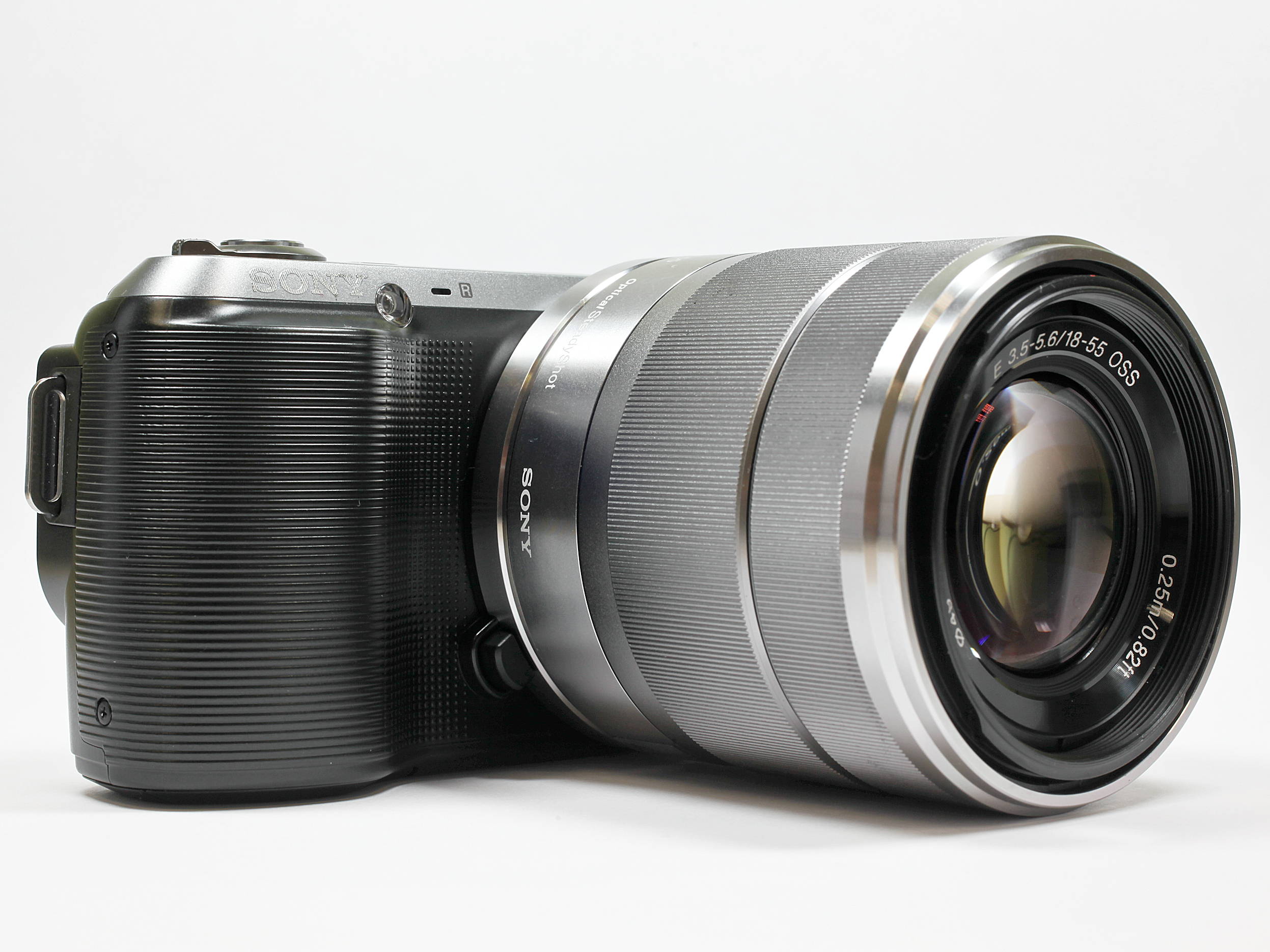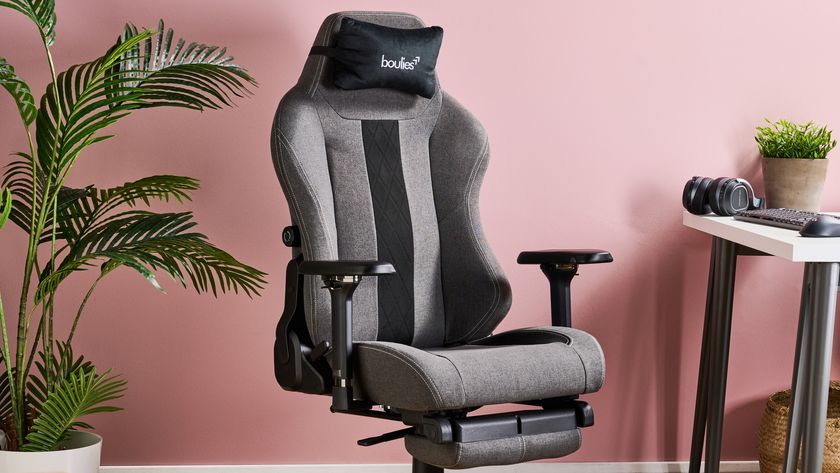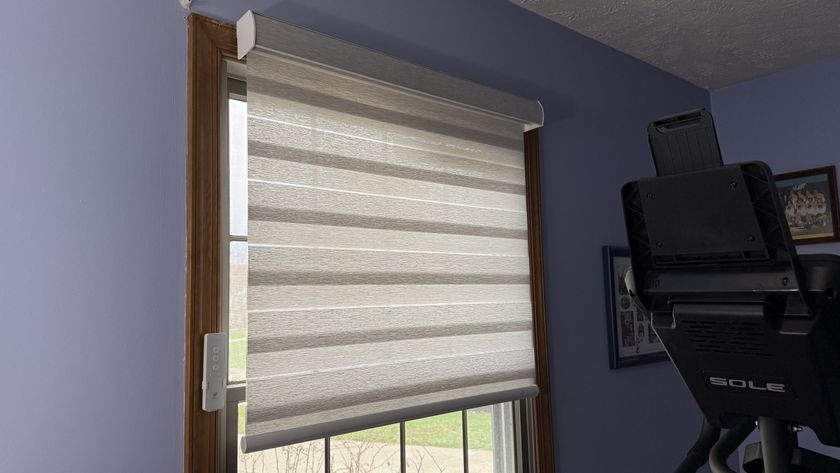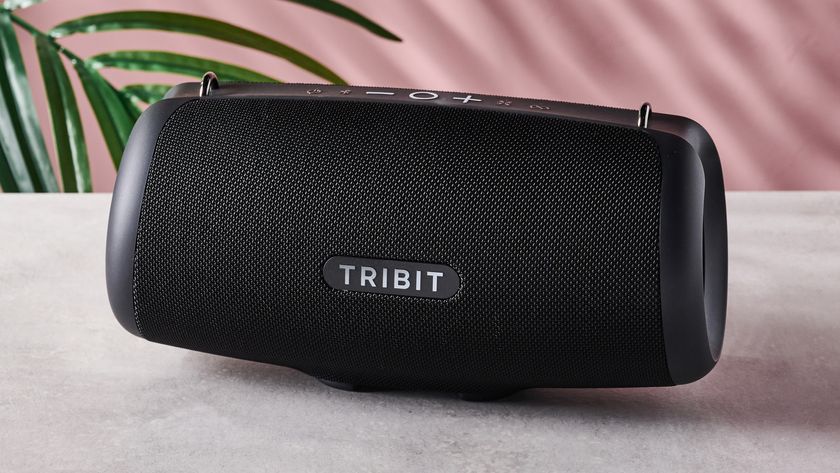TechRadar Verdict
Pros
- +
Excellent performance at high ISO sensitivities
- +
Fast autofocus
Cons
- -
Lens-heavy design
- -
Hard to use in dark conditions
- -
Orange AF illuminator is poor in dark conditions
Why you can trust TechRadar
Compact system cameras (CSCs) such as the Sony NEX-C3 are all the rage at the moment. Their promise of DSLR-quality images from a lightweight compact camera form is certainly a tantalising prospect, for snap-shooters and enthusiasts alike.
As the Sony NEX-C3's system differs substantially to Sony's Alpha range of DSLRs, a new lens mount and range of optics have been designed specifically for it.
A small selection of E-mount lenses is available, including the 18-55mm kit lens supplied with this compact camera. Other lenses include an 18-200mm lens, a 16mm f/2.8 compact prime and a couple of wide-angle converters to be used with the 16mm lens.
Sony also offers a lens adapter for its A-mount DSLR lenses, which can greatly expand the range of compatible lenses, although the full-size Alpha lenses may seem a little bulky compared to the dedicated E-mount lenses.
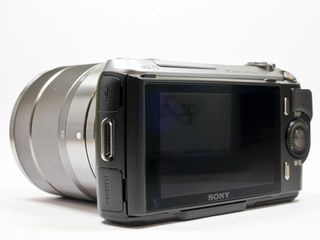
This could be interesting for those who already have a collection of Sony or Minolta autofocus lenses. However, only lenses with a built in focusing motor such as the SAM or SSM lenses will autofocus on a NEX camera with the adapter.
Sony caused a stir when it released its first NEX series cameras, the NEX-3 and NEX-5, because they're among the most compact interchangeable lens cameras to sport an APS-C-sized sensor.
This size of sensor is the same as found in many DSLR cameras. In theory, using a larger sensor size than many other compact system cameras should result in better performance at high ISO sensitivities for low light photography, and improved dynamic range for high contrast scenes.
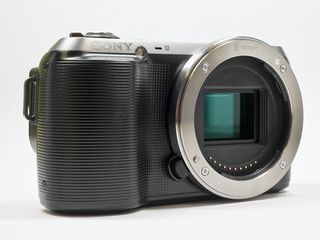
The Sony NEX-C3 builds on the foundations set by previous models by sporting a higher resolution 16.1MP sensor housed in a slimmer, lighter body than either the NEX-3 or NEX-5. As with those previous models, the sensitivity range remains unchanged at IS0200-12800.
Unlike in its DSLR cameras, optical stabilisation is built into the lenses, rather than the camera body, so those using Alpha lenses with an adapter may miss the luxury of Sony's Steadyshot system.
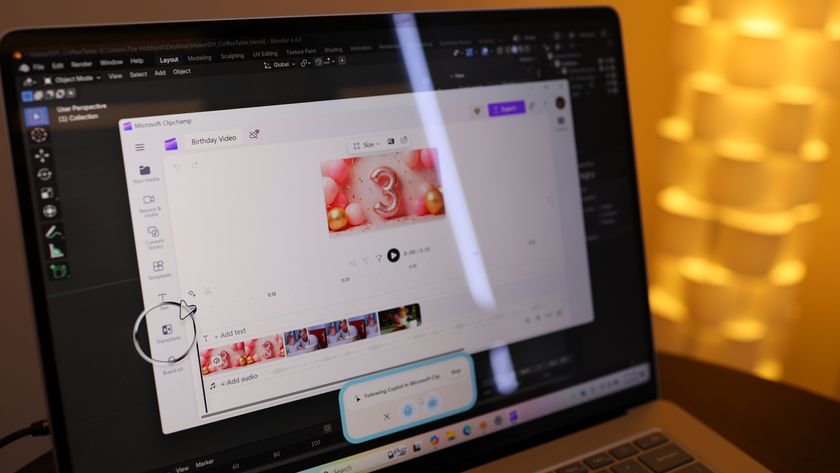
I tried Copilot Vision, and it could change how you use Windows forever
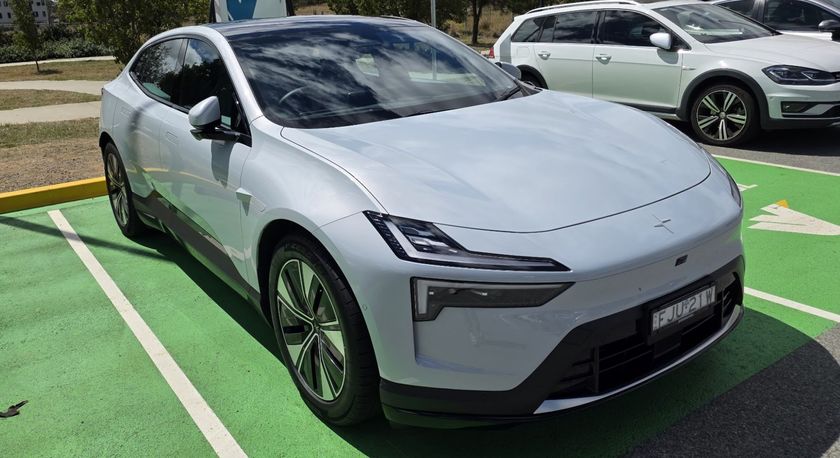
I took the rear-windowless Polestar 4 on a three-day road trip – here’s why ditching the back glass was a good (and bad) idea
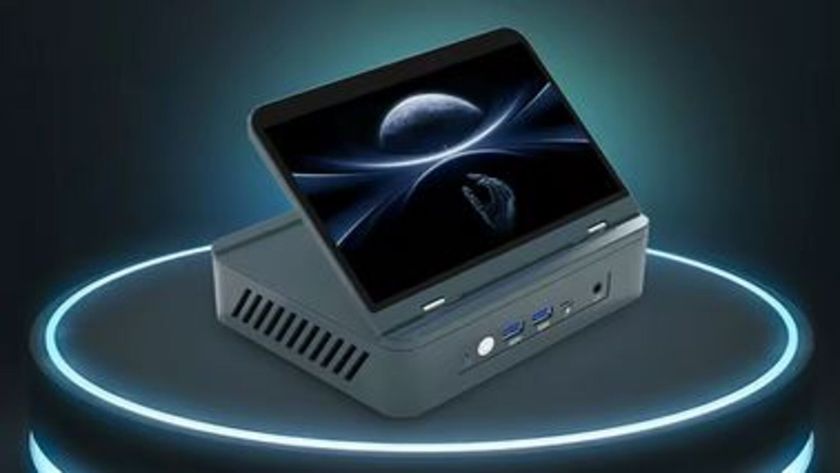
This mini PC has a 7-inch display that can apparently run Windows and an AMD Ryzen 9 CPU, but there's even better options to be had
